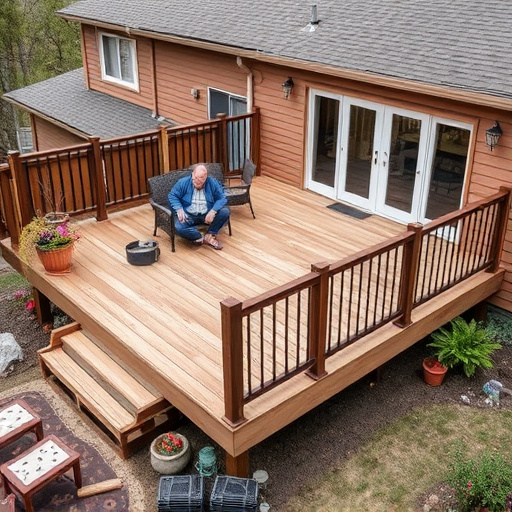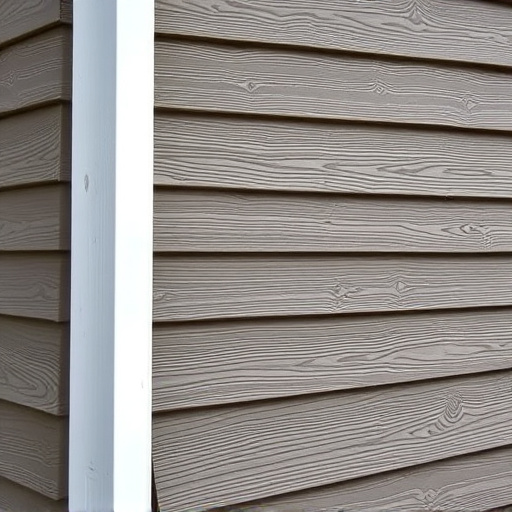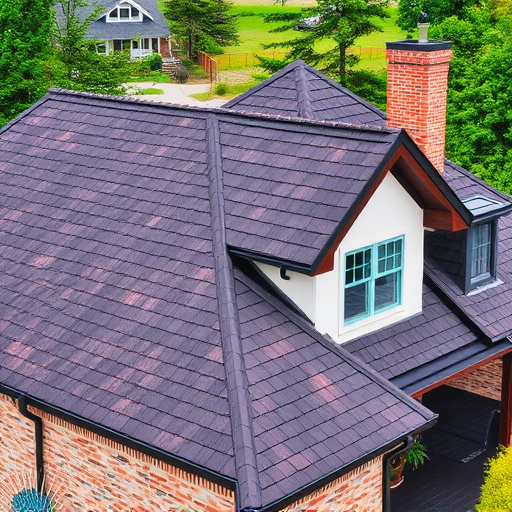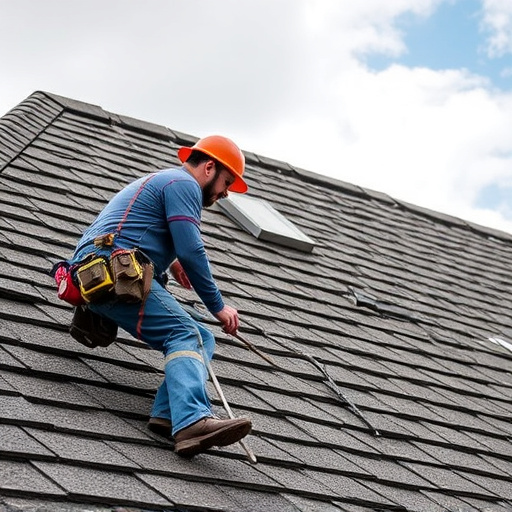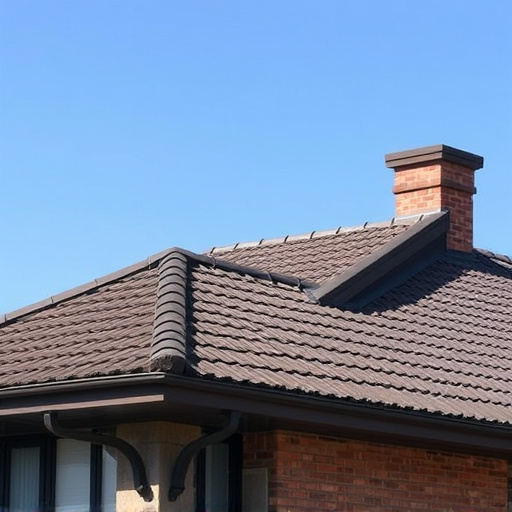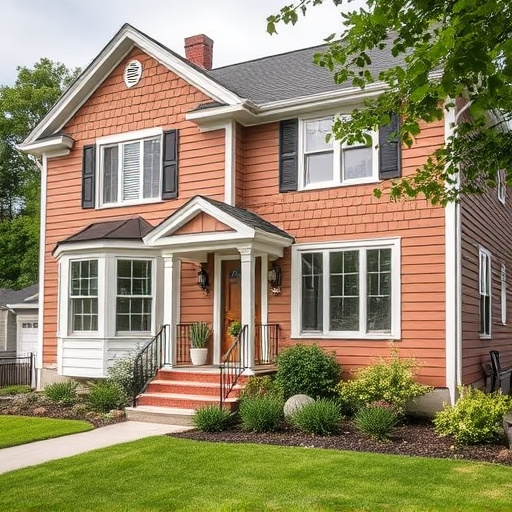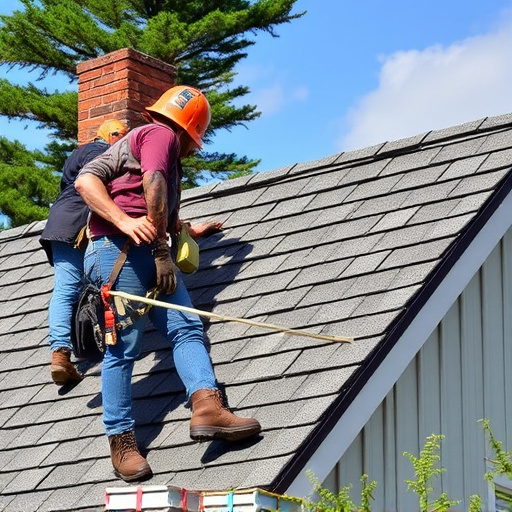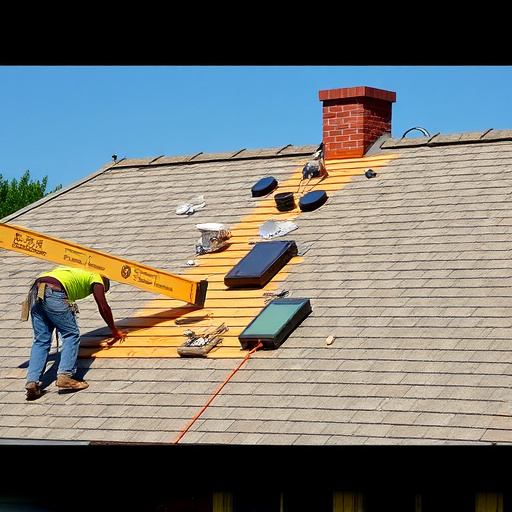Roof installation is a meticulous process vital for a home's exterior protection. It involves strategic planning, assessment, and placement of frameworks, underlayments, and roofing layers for durability. This intricate work often intersects with siding and gutters, requiring comprehensive maintenance. Roof replacement starts with a consultation, material selection, and meticulous removal/installation of old roofs, underlayment, and flashing. Effective communication with contractors is key for realistic timelines (residental: few days-a week; commercial/storm damage: longer) and managing weather delays, ensuring a smooth process.
“Roof Installation: Unveiling the Timelines and Processes for Homeowners
Are you in the midst of a roof replacement? Understanding the roof installation timeline is crucial for a stress-free experience. This comprehensive guide breaks down the common phases, from initial assessments to final inspections, offering insights into what homeowners can realistically expect during each step.
Get ready to navigate the roof installation process with confidence and discover key timeframe considerations for a seamless transformation.”
- Understanding the Roof Installation Process
- Common Phases of Roof Replacement
- Timeframe Considerations for a Smooth Installation
Understanding the Roof Installation Process
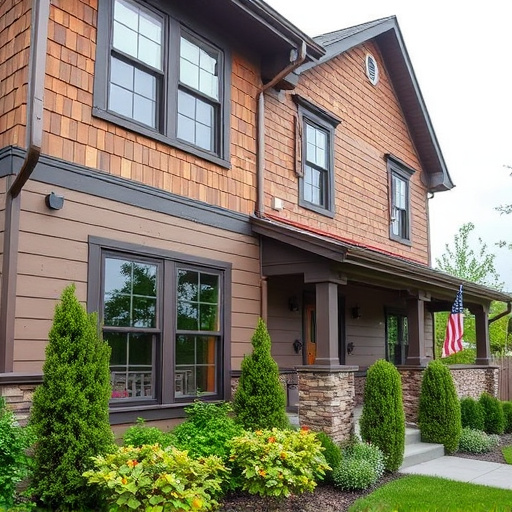
The roof installation process is a complex series of steps that transform a home’s exterior. It begins with meticulous planning to ensure the new roof aligns perfectly with the building’s structure and design. Contractors assess the existing roof, removing any old materials while preparing the surface for new installations. This phase includes setting up support frameworks, installing underlayments, and laying down the primary roofing layers, whether it’s shingles, metal, or tiles. The expertise involved in this process is crucial to guarantee a durable and weather-resistant barrier.
Moreover, homeowners should be aware that roof installation often intertwines with other essential exterior features like siding and gutters. In cases of storm damage repair, for instance, the entire system may need to be replaced to restore the home’s structural integrity. Regular maintenance and timely repairs, especially for siding and gutters, can significantly extend the life of a roof.
Common Phases of Roof Replacement
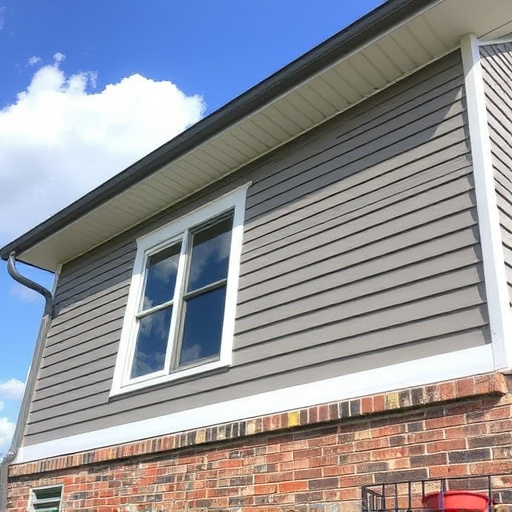
The common phases of a roof replacement involve meticulous planning and execution. It begins with a comprehensive roof consultation where professionals assess your property’s unique needs, taking into account factors like climate, building structure, and aesthetic preferences. This crucial step ensures that the new roof not only looks stunning but also provides adequate protection for years to come.
Post-consultation, the process transitions into design and material selection. Homeowners can choose from a variety of roofing options, ranging from traditional asphalt shingles to high-end metal or tile, each offering distinct benefits in terms of durability, energy efficiency, and visual appeal. Once finalized, the roofing and siding services kick into gear. This involves meticulous removal of the existing roof, preparation of the substrate, and careful installation of new roofing materials, followed by the addition of protective underlayment and flashing to seal any gaps or vulnerabilities. The final touch is often a seamless integration with siding services, ensuring the new roof complements the overall exterior aesthetic of the home.
Timeframe Considerations for a Smooth Installation
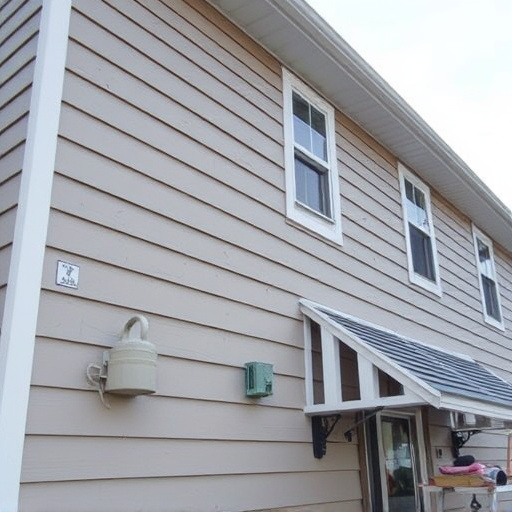
When planning a roof installation, understanding the typical timeline is crucial for a smooth process. The timeframe can vary based on several factors, including the size and complexity of the project, weather conditions, and the availability of materials. On average, a standard residential roof replacement in optimal conditions may take anywhere from a few days to a week. This includes preparation, material procurement, and actual installation.
For commercial roofing or storm damage repair projects, timelines tend to be longer due to the larger scale and potential for more intricate work. Professional siding installations also require additional time for measuring, cutting, and securing the new materials properly. It’s essential to communicate with your roofing contractor to set realistic expectations and ensure any delays are managed efficiently to prevent further complications, especially in cases of weather-related setbacks.
When planning a roof installation, understanding the timeline is key. From initial assessments to final inspections, the process typically spans several weeks. Each phase, from preparation to roofing and completion, plays a crucial role in ensuring a durable and weather-resistant roof. Homeowners can streamline this journey by preparing their properties, choosing suitable materials, and coordinating with experienced professionals. With careful planning and the right approach, a new roof installation can be completed efficiently, safeguarding your home for years to come.






